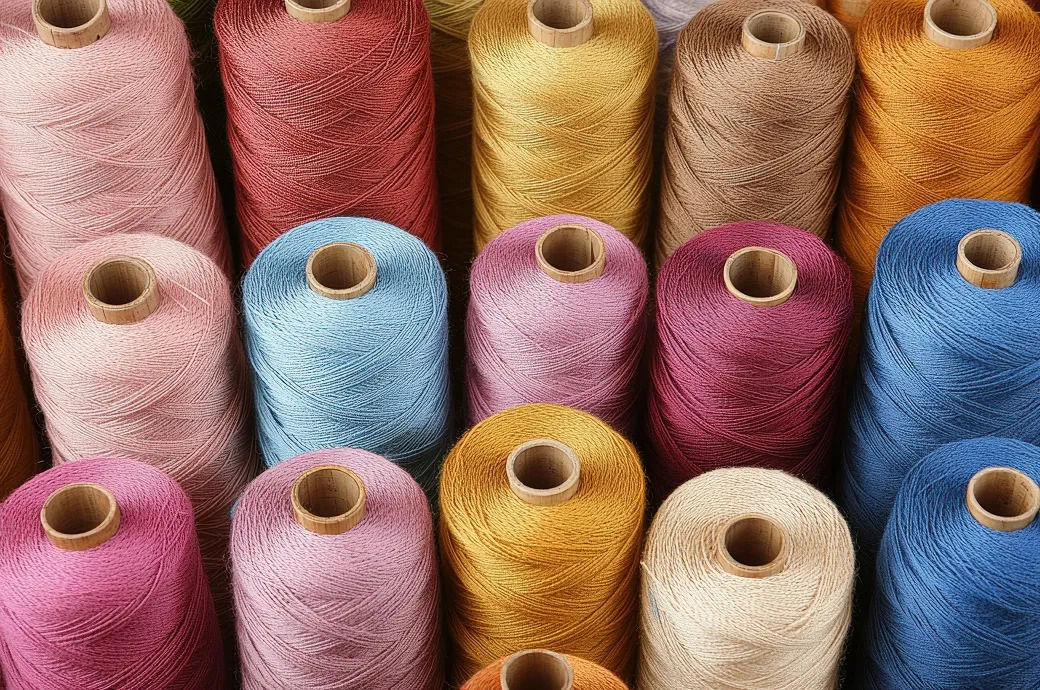
India and the United Kingdom are in the final stages of negotiating a Free Trade Agreement (FTA), with the textile and apparel sector poised for significant benefits. The deal has the potential to reshape trade flows, boost exports, and create a win-win situation for both nations. Rajeev Saxena, Joint Secretary, Ministry of Textiles opines, "The FTA will provide a level playing field to Indian textile exporters and help exports grow significantly. We are confident that the FTA will be a win-win for both India and the UK."
Current state of play
India and the UK share a long-standing trade relationship in the fashion, apparel, and textile sectors. However, existing tariffs and regulatory hurdles have somewhat constrained the full potential of this partnership. India is currently the fifth-largest apparel supplier to the UK, with exports valued at approximately $1 billion annually. The sector faces challenges due to the 10 per cent duty imposed on Indian apparel exports to the UK, putting it at a disadvantage compared to competitors like Bangladesh, which enjoys duty-free access under the Least Developed Country (LDC) scheme. As Sanjay Jain, Managing Director of TT Ltd and former Chairman of CITI points out, "The FTA with the UK is a much-needed boost for the Indian textile industry. It will level the playing field with Bangladesh and enable us to tap into the full potential of the UK market."
Table: India's apparel exports to the UK
|
Year |
Value ($ mn) |
Growth rate (%) |
|
2019 |
950 |
3.2 |
|
2020 |
820 |
-13.7 |
|
2021 |
1050 |
27.4 |
|
2022 |
1120 |
6.7 |
The FTA is expected to eliminate tariffs currently ranging from 4 to 12 per cent on Indian textiles and apparel entering the UK market. This can significantly improve the competitiveness of Indian products, potentially leading to a $5 billion gain in exports according to the Global Trade Research Initiative (GTRI).
FTA, a catalyst for growth
Industry leaders believe the FTA can be a game-changer, unlocking new opportunities for both countries.
Tariff reduction: The elimination or substantial reduction of tariffs on textiles, apparel, and fashion products is expected to make Indian exports more competitive in the UK market.
Level playing field: The FTA is anticipated to level the playing field with competitors like Bangladesh, enabling Indian exporters to offer more competitive prices.
Rule of origin: Clear and simplified rules of origin will facilitate trade and boost investor confidence. Moreover Indian exporters can explore new product categories and cater to the evolving preferences of UK consumers.
Investment facilitation: The FTA is anticipated to encourage investments in the textile and apparel sector in both countries, leading to job creation and technology transfer.
Intellectual Property Rights: Strong IPR protection will safeguard the interests of fashion designers and brands.
The FTA is also expected to significantly boost Indian exports of apparel, textiles, and fashion accessories to the UK.
Table: Projected growth in Indian exports post FTA
|
Product category |
Projected growth (%) |
|
Apparel |
25-30 |
|
Textiles |
20-25 |
|
Fashion Accessories |
30-35 |
In terms of product segments, India has a strong foothold in women's apparel, with a wide range of products from ethnic wear to contemporary fashion. The UK is a major market for home textiles, and Indian exporters are well-positioned to capitalize on this demand. Moreover, India's cotton production prowess can be leveraged to increase exports of cotton-based apparel and textiles. As the negotiations for the India-UK FTA progress, the fashion, apparel, and textile sector is eagerly awaiting the final agreement, which is expected to unlock new avenues for growth and prosperity.












